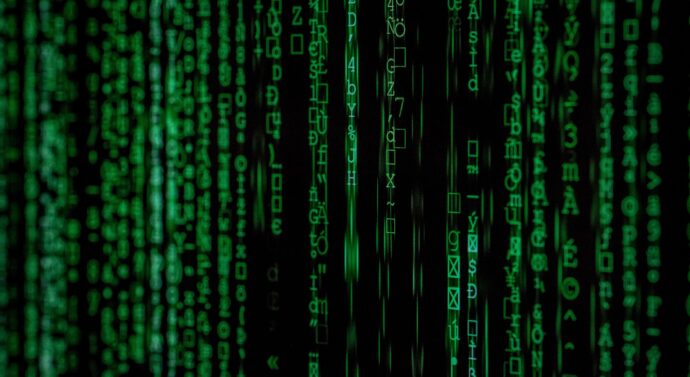
NFTs and Their Impact on Climate Change
Community, News April 19, 2021, Comments Off 93Seeing a sudden boost in popularity, non-fungible tokens have consumers weighing their benefits and drawbacks.
When one first learns of NFTs, or non-fungible tokens, the entirely digital technology taking the modern art world by storm, the accompanying price point is not easily understood. A component that has just as much of a disproportionate effect is one that consumers often fail to consider: the impact the art has on the environment.
NFTs are entirely original, unique and unreproducible pieces of art, of which the buyer has complete and sole ownership. The tokens can have exorbitantly high price points, with the artist Beeple setting the record for the most expensive one sold, at a whopping $69 million.
How is this possible, when the product itself is intangible? Would the process of creating the art not use up any more energy than a rendering in Photoshop or a short iMovie clip?
The problem, posits Drury University economics professor Dr. Steve Mullins, comes from the energy used by hundreds and thousands of computer calculations, the power needed to keep the machines cool, and other measures in place to prevent damages to the process.
“What guarantees the owner having the only single copy,” said Mullins. “Which is what for some people makes it valuable to them, is this blockchain technology that uses a lot of computing power to verify the transactions that take place.”
Mullins teaches a course in environmental economics, giving him a diverse perspective on this issue that intersects with other areas of his life.
The large amounts of money and energy being used on this technology could further the economic and social disparities that plagues Americans today,
“In countries like ours where there are significant differences in wealth and income,” said Mullins. “We end up with some economic activities that might seem trivial to a family that’s worried about the next rent payment, but if you’re willing to pay $10,000 for a cartoon, as an economist, it’s hard for me to say that you shouldn’t spend your money that way. As a humanist who worries about necessities for families that are struggling, I have ethical issues with it, but my commitment to freedom tells me that we need to allow people to do this.”
Mullins plays upon ideas of environmental justice, or the idea that the poor and disenfranchised should not have to bear the brunt of climate change due to their limited access to resources to combat the issue.
“The energy consumption associated with this blockchain technology means that massive amounts of energy are being used to produce these non-fungible tokens and to verify their authenticity,” said Mullins. “That bothers me as an environmentalist because we know that most of the energy that we use in this country is dirty.”
According to Mullins, the reason why environmental concerns are not more prominent in the discussion surrounding NFTs is that the United States treats energy as much more of a renewable resource than it actually is, due to the country’s ability to come by it so easily.
“The price that we pay for energy in the United States is probably way below its social cost,” said Mullins. “I would lose less sleep over this kind of energy usage if the people that use the energy to do these artistic things at least had to pay the full price of their electricity use. The energy consumption per unit is extremely high, but because the United States uses artificial energy that’s so cheap, it’s just not taken into account.”
However, Mullins theorizes that there could be both a green and equitable way in which NFTs could continue.
“If we could come up with a pricing policy that made anyone want to use this energy, not just these folks, and pay the full cost for it, then it wouldn’t be as troubling.”
If artists and their consumers begin to give to the resources and economy what they are taking, we may just see more and more people begin to bid their life savings for a CryptoKitty.
Article by Julia Chamberlain